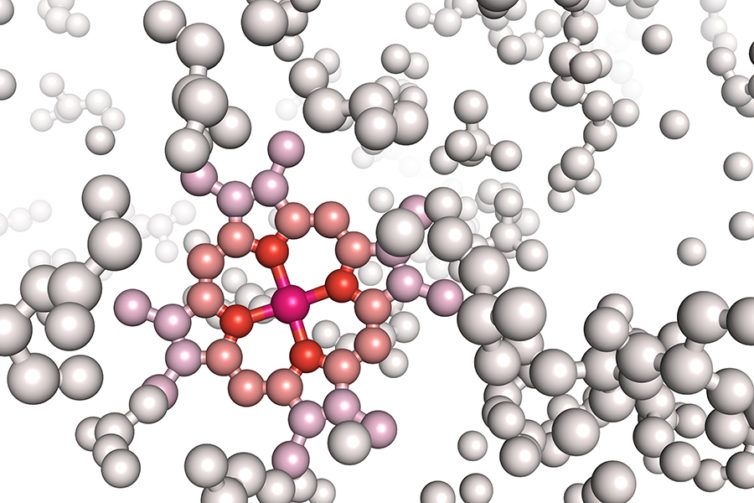Home / Science, Engineering & Maths / Biology & Biotechnology / Biochemistry: the Molecules of Life / How do enzymes work?

Reach your personal and professional goals
Unlock access to hundreds of expert online courses and degrees from top universities and educators to gain accredited qualifications and professional CV-building certificates.
Join over 18 million learners to launch, switch or build upon your career, all at your own pace, across a wide range of topic areas.


 Effect of an enzyme on reducing the activation energy required to start a reaction where (a) is uncatalysed and (b) is an enzyme-catalysed reaction. (Image credit:
Effect of an enzyme on reducing the activation energy required to start a reaction where (a) is uncatalysed and (b) is an enzyme-catalysed reaction. (Image credit: 






